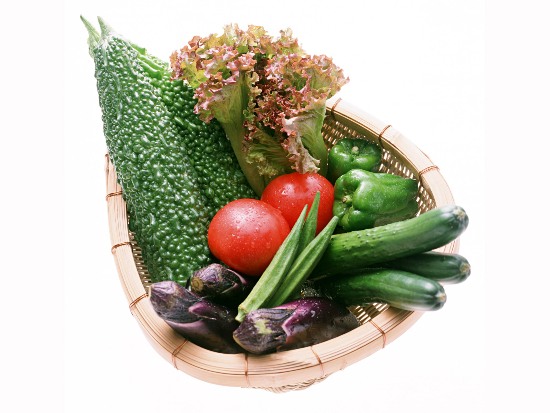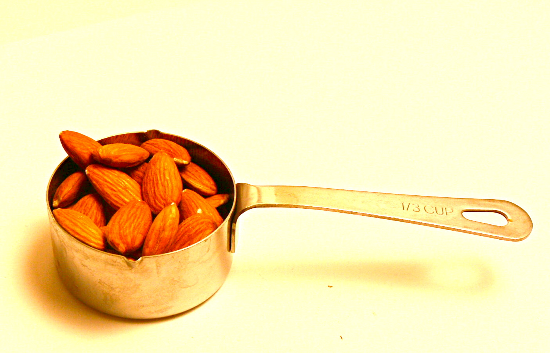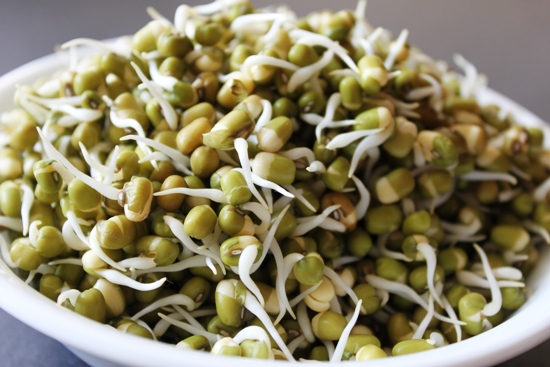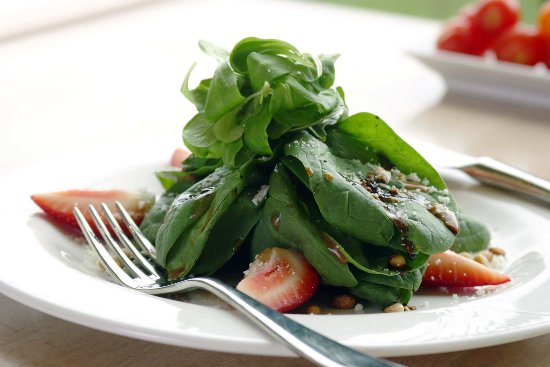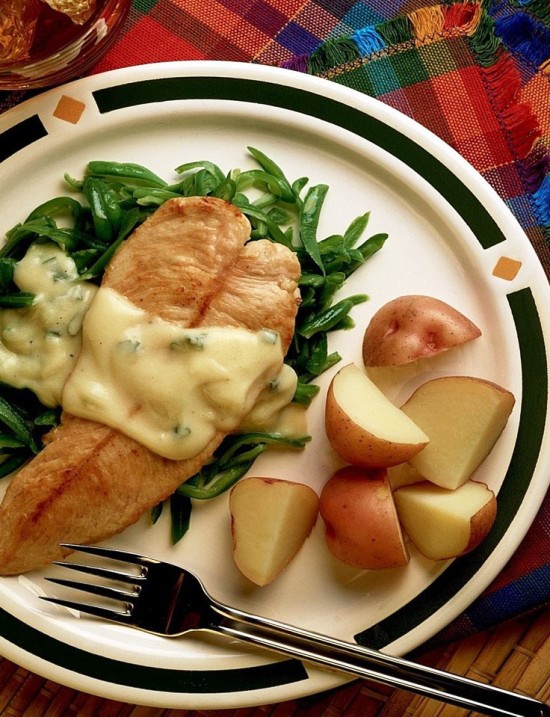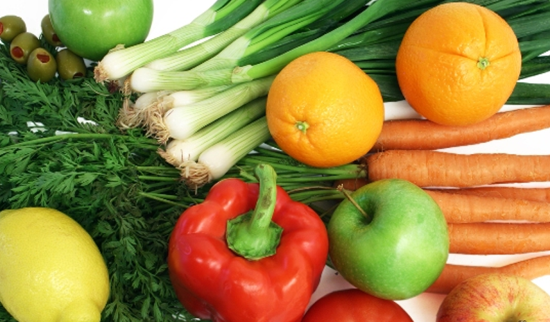The slogan ‘Healthy Women, Healthy World’ shows that women play a critical role in maintaining the health and well being of their communities. So to make a family, a community, and a nation healthy, we have to make our back bone, i.e., our women healthy. So are there any simple and easy ways that women can follow? Sure, focus on these five nutrients and you are on your way to long term health.
1. Calcium
Calcium is essential for maintaining the necessary level of bone mass. The body is constantly using calcium for the heart, blood, muscles, and nerves, and women also lose calcium during menstruation. Calcium is also lost through normal bodily processes such as waste and the shedding of hair, fingernails, sweat, and skin. We all know that calcium is important for skeletal and dental formation. It is even more essential for a woman during her reproductive years as she needs a fair amount of this mineral to help in the development of her baby’s bones.
The recommended amounts of calcium for adults are as follows:
a. For people over 50 (and postmenopausal women): 1,500 milligrams of calcium per day with 400–800 IU of vitamin D.
b. For people 25–50 years old (and premenopausal women): 1,000 milligrams of calcium per day with 400 IU of vitamin D.
Five tips for adding calcium to your diet:
a. Stop drinking soft drinks. High phosphate levels in the blood, leach calcium from your bones and prevent the absorption of new calcium.
b. Eat baked beans. One cup of baked beans has 154 mg calcium (remember the target is 1,200 mg/day).
c. Three ounces of canned salmon contains 181 mg of calcium. Salmon also is an excellent source of omega-3 fatty acids.
d. Nuts, almonds, and brazil nuts contain about 100 mg of calcium per serving and are recommended snacks for people on low carbohydrate diets.
e. Eat veggies, especially spinach and dark green leafy vegetables. Kale, spinach, and other dark green leafy veggies provide about 100 mg of calcium per serving.
2. Iron
One of the biggest weaknesses of the traditional diet is the lack of iron, which exists in its stringent and often excessively limited eating guidelines.To lose weight, many women get bamboozled into taking part in weight loss programs which cut out many nutrients that they need. Iron is one of the primary casualties of such diets and weight loss plans. Women are at a greater risk of iron deficiency owing to blood loss during menstruation. Pregnant women have the highest requirements of iron as they need an increased blood supply in pregnancy to suit the needs of the growing baby.
Five ways to add iron to your diet:
a. Include plenty of beans, peas, and pulses. Dried pulses such as adzuki beans, kidney beans, red and green lentils, and soy beans contain significant amounts of iron. Don’t forget products made from pulses – tofu and tempeh for instance.
b. Popeye used spinach to build up his muscles. You can too, but buy it fresh or frozen, not canned.Silver beet contains as much iron as spinach. Broccoli, Brussels sprouts, green cabbage, Asian greens, endive, and kale have smaller but still useful amounts of iron.
c. Nuts such as almonds, walnuts, Brazil nuts, and cashews are good sources of iron. Use them as snack, or add them to main meals and desserts.
d. Most whole grain cereals and flours contain some iron. Removing the bran from rice and other cereals reduces their iron content, but even refined cereals such as white rice still have useful amounts.
e. Tannic acid, found in tea, reduces iron absorption if consumed at the same time as food. Drink low-tannin teas, or avoid having a cup of tea with a meal.
3. Vitamin E
Vitamin E helps in controlling premenstrual syndrome. It manifests itself in symptoms such as headaches, cramps, upset stomach, bloating, migraines, irritability etc. Vitamin E also helps in reducing the risk of different kinds of breast diseases, promotes healthier looking skin, and decreases coronary artery disease. Of the different forms of Vitamin E, the most active form is alpha tocopherol.
Five ways to add vitamin E to your diet:
a. Cooked spinach is great in stews, lasagnas, or as a side all by itself. It will provide not only vitamin E but also a lot of different nutrition.
b. We can make our food tasty and healthy also by adding pepper in our dish.
c. A key component in pesto, pine nuts are also great on their own or added to a fruit salad.
d. Almonds, almond butter, and milk are rich in vitamin E and so good for women’s health.
e. Pickled green olives are great in pasta sauce, pizzas, salads, or alone with bread.
4. Vitamin B12
Known as cobalamin, vitamin B12 can help the body maintain good health. It is required to help carbohydrates, proteins convert into
energy. Vitamin B12 is also essential in the prevention of heart disease and other illnesses by maintaining healthy red blood cells. It builds up white blood cells, which strengthens the immune system. In addition, it helps make a protective covering for the nerve cells. The protective barrier of the nerve cells is a fatty layer that is most important for the brain.
Five sources of vitamin B12:
a. Cheese is a good source of calcium and protein. It plays an important role in maintaining our health. Benefits of cheese include reducing risk factors for hypertension and heart disease, stimulating blood formation and nutrient absorption and others.
b. Eggs are great for the eyes. When it comes to chicken eggs, the raw yellow yolk has most of the vitamin B12. One egg contains 6 grams of high-quality protein and all 9 essential amino acids.
c. Shellfish is rich in vitamin B12 and can be eaten raw, baked, or made into chowder. It is a good source of zinc,copper, and iron.
d. Red meat is long established as an important dietary source of protein and essential nutrients including iron, zinc, and vitamin B12. Meat saves from lots of heart disease.
e. Known for their omega 3 fats and for being a high protein food, fish are also a good source of vitamin B12. Mackerel provides the most of vitamin B12.
5. Folic acid
The American Medical Association has suggested that women should consume a minimum of 1,000 mg of folic acid per day to ensure healthy hormone functioning and overall decreased risk of nerve and blood pressure related problems. Any woman of child bearing age should ensure that they are meeting the required daily iota of folic acid in their body. This element relaxes the nerves and reduces the risk of many diseases.
Five sources of folic acid:
a. Kidney beans, leafy green vegetables, peas, fresh fruits, nuts, and live
r are all rich in folic acid. Eat plenty of salads, fresh fruits, and steamed or stir fried vegetables.
b. Choose darker green lettuce and greens, like romaine, green leaf, or raw spinach for salads or sandwiches.
c. It is recommended that women should start taking a daily folic acid supplement of 0.4 mg, 3 months prior to conception and should continue through the first 3 months of the pregnancy. However, always consult your doctor before you begin a regimen of supplements.
d. Combine a higher fiber cereal with folic acid, peanuts, and dried fruit such as raisins or banana chips to make a tasty trail mix.
e. Have a glass of orange juice in breakfast.



